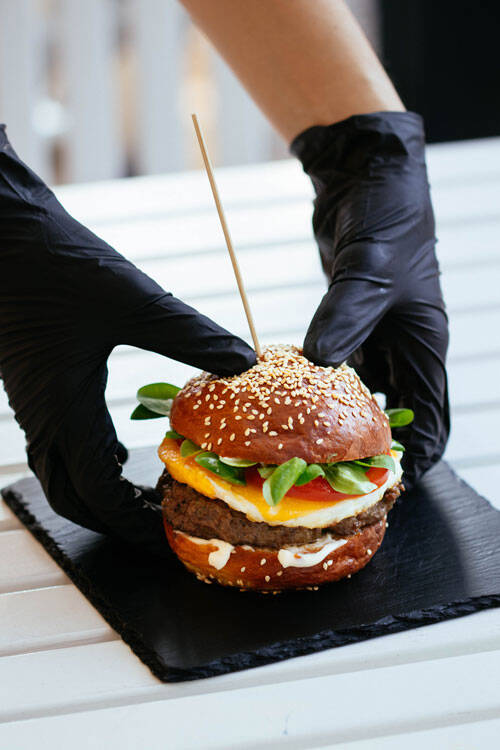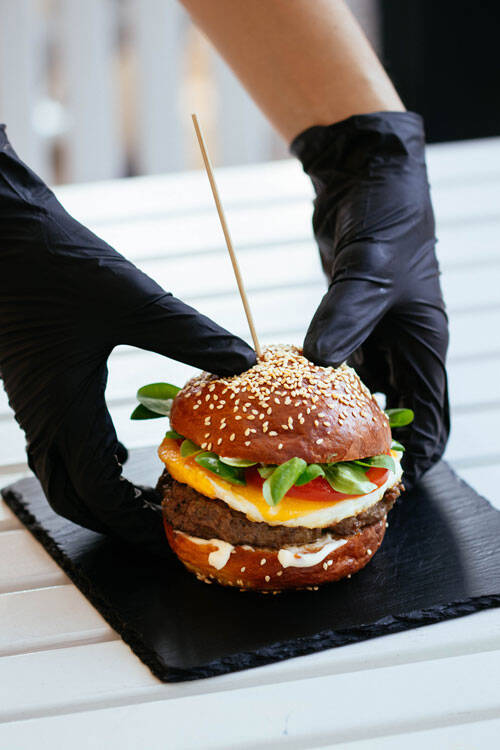KEEPING QUICK SERVICE CLEAN ACCORDING TO HMSHOST
@Chantal Arnts
What is HMSHost?
HMSHost owns foodservice outlets at high traffic locations in nineteen countries. The company is part of the Autogrill Group, the worldwide market leader in hospitality at airports, train stations, and shopping centers.
@Chantal Arnts


What kind of effect will these increased hygiene standards have on the existing trends in fast and fresh casual? The most important trneds according to Food Inspiration
Healthify
We’ve never been more concerned with our health. Obesity is a risk factor. Now more than ever food is medicine. This trend will continue to grow.
Plant based
The source of COVID-19 might be traced back to animals and the sale and consumption of animals. We will increasingly question industrial meat production and meat consumption. Less meat means fewer unknowns regarding hygiene.
Circularity
Increased hygiene demands put pressure on sustainability. Fast casual concepts will increase their use of disposables, and the increased costs associated with sustainable alternatives are harder to swallow. Affordable sustainability is more important than ever.
Delivery
Everyone needs to consider delivery. Even if it’s just for financial health and diversifying your revenue streams. Ghost Kitchens - concepts without front of house - are set to grow, but will need to earn consumer trust. Cameras in the kitchen is it a bad idea?


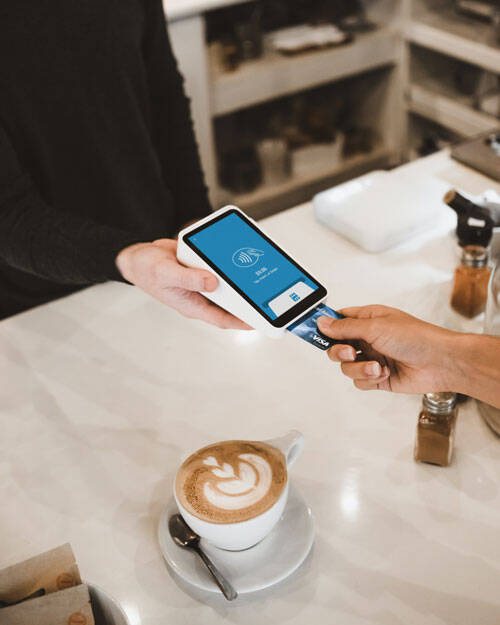
Even more than before, we are turning to technology for solutions to these new challenges. Apps may be that solution. A concept can use an app to trace the number of visitors at a given location. A different app might show the guest all possible product information with maximal transparency to ease their minds. Contactless mobile payment was already on the rise and is set to grow explosively. If we look at China we see far-reaching measures including cameras constantly monitoring kitchens and delivery apps keeping trace of a riders body temperature.
What can we conclude? “In fast service it’s possible to operate under temporary restrictions. We expect these strict measures to last until at least the end of the year. The impact on fresh casual concepts is much greater. Those are going to look and feel very different indeed.”

Products on display that are touched will be disposed of immediately.
No salt and pepper shakers on the table. Cutlery individually handed out.
There will be a tendency towards overregulation. A high burden of evidence creates a lot of administrative pressure.
Clear communication with guests will be critical. You have to make the guest feel at ease.
Menus trending towards fresh and healthy products and visible hygiene. Many products are prepackaged or made to order.
Limited seating. Most restaurants will focus on 2 people per table.
No communal clearing stations, but employees deep cleaning every table after use.
Everything served in disposables, with associated cost increases.
No self service drinks. Doors and bottles are contamination hazards.
Limited size menus because of limited kitchen workspace. Flexible work stations become fixed.
Use of self order kiosks will be suspended or each kiosk will be disinfected after every order.


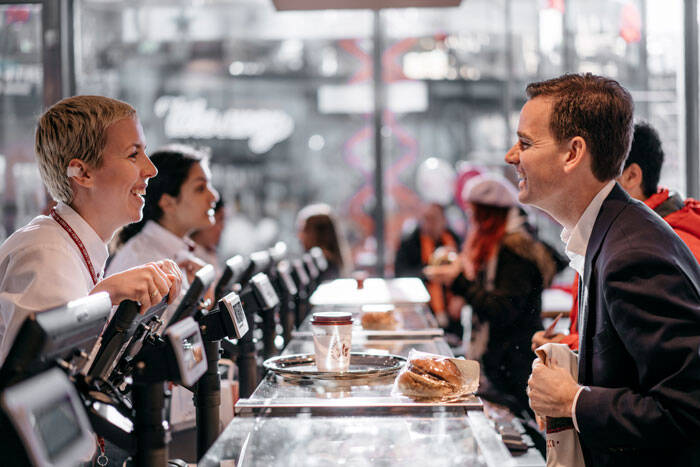

When we can welcome guests again we will see they have become cautious. Safety and hygiene are more important than ever. This requires a different style of service, and especially fresh casual concepts will need to make a lot of changes. Before the pandemic we saw selfservice with fresh products out in the open and artfully displayed. The new reality will look very different. Good hygiene is no longer a given, companies will have to visibly communicate their cleanliness to guests. That communication needs to be transparent and as clear as possible in order to regain the trust of the guests. See this as an opportunity: exceptional service in the area of hygiene will become a distinguishing factor and a reason for guests to choose your establishment.
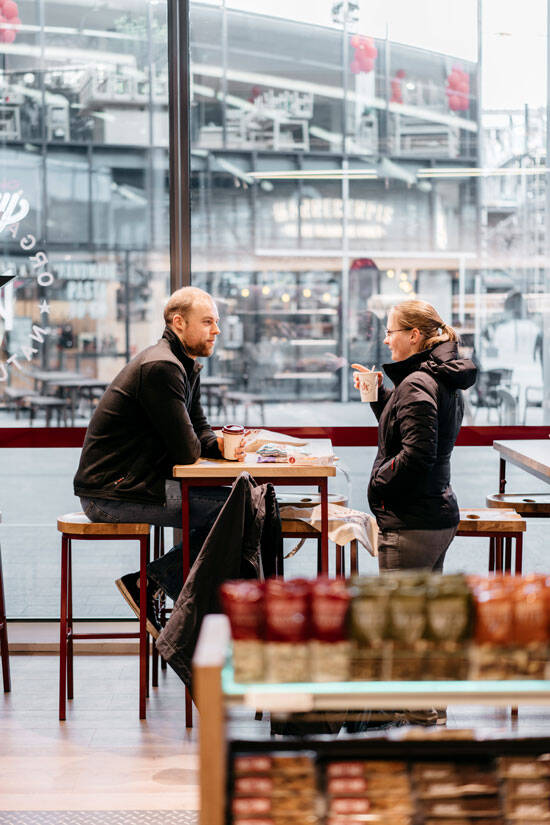

As long as there is no permanent protection against COVID-19 in the form of a reliable vaccine, we have to operate under certain constraints. Social distancing is a huge challenge for foodservice. The biggest hurdle is the available space. Revenue per square foot is under immense pressure. HMSHost: “The foodservice concession business is basically a business model that’s a combination of the number of travelers and the number of tables and chairs.” The company assumes locations will lost at least 50 percent of available seating.
At high traffic locations where the spaces are small to begin with it’ll be very hard for a concept to adapt to the changing circumstances. Not just for the guests, but for the staff as well. “Kitchens and the back of house aren’t built to keep people six feet apart.” Making those changes, if even physically possible, cost money in a time where there’s no money coming in.
Thank you to Bas van Asten, Marlijn van Straaten and Walter Seib at HMSHost
Jelle Steenbergen Xiao Er Kong
What happens after COVID-19? Each day it’s becoming clearer that when foodservice opens up again, we will be welcoming a different world. We cannot go back to how things used to be. The demands of the guest have changed, and so have the rules. Food Inspiration spoke to HMSHost about their expectations and how they are preparing for a new world.

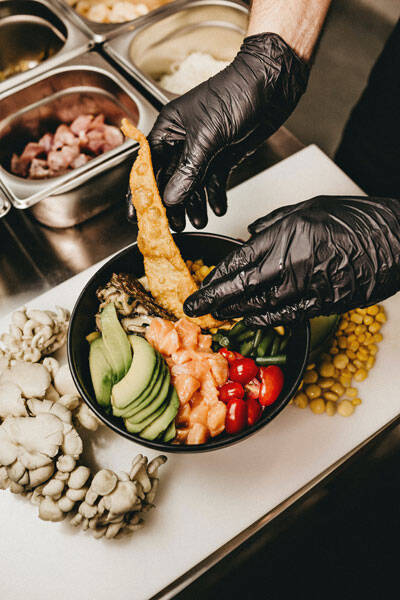
EXPERT OPINION
5 min
HOW DO YOU KEEP QUICK SERVICE CLEAN?
Thank you to Bas van Asten, Marlijn van Straaten and Walter Seib at HMSHost
KEEPING QUICK SERVICE CLEAN ACCORDING TO HMSHOST
@Chantal Arnts
What is HMSHost?
HMSHost owns foodservice outlets at high traffic locations in nineteen countries. The company is part of the Autogrill Group, the worldwide market leader in hospitality at airports, train stations, and shopping centers.
@Chantal Arnts

What kind of effect will these increased hygiene standards have on the existing trends in fast and fresh casual? The most important trneds according to Food Inspiration
Healthify
We’ve never been more concerned with our health. Obesity is a risk factor. Now more than ever food is medicine. This trend will continue to grow.
Plant based
The source of COVID-19 might be traced back to animals and the sale and consumption of animals. We will increasingly question industrial meat production and meat consumption. Less meat means fewer unknowns regarding hygiene.
Circularity
Increased hygiene demands put pressure on sustainability. Fast casual concepts will increase their use of disposables, and the increased costs associated with sustainable alternatives are harder to swallow. Affordable sustainability is more important than ever.
Delivery
Everyone needs to consider delivery. Even if it’s just for financial health and diversifying your revenue streams. Ghost Kitchens - concepts without front of house - are set to grow, but will need to earn consumer trust. Cameras in the kitchen is it a bad idea?

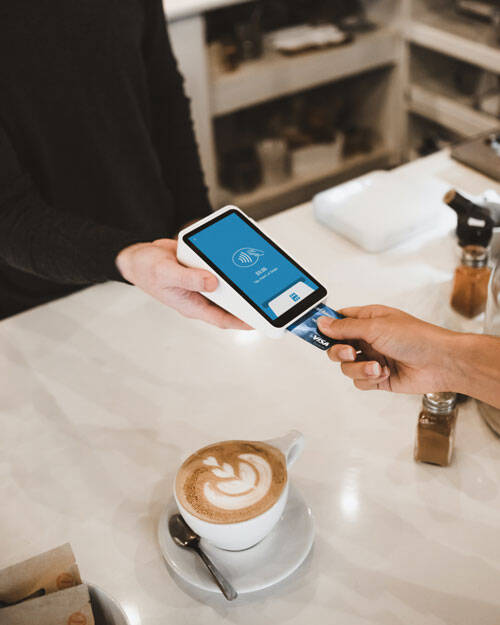
Even more than before, we are turning to technology for solutions to these new challenges. Apps may be that solution. A concept can use an app to trace the number of visitors at a given location. A different app might show the guest all possible product information with maximal transparency to ease their minds. Contactless mobile payment was already on the rise and is set to grow explosively. If we look at China we see far-reaching measures including cameras constantly monitoring kitchens and delivery apps keeping trace of a riders body temperature.
What can we conclude? “In fast service it’s possible to operate under temporary restrictions. We expect these strict measures to last until at least the end of the year. The impact on fresh casual concepts is much greater. Those are going to look and feel very different indeed.”


Products on display that are touched will be disposed of immediately.
No salt and pepper shakers on the table. Cutlery individually handed out.
There will be a tendency towards overregulation. A high burden of evidence creates a lot of administrative pressure.
Clear communication with guests will be critical. You have to make the guest feel at ease.
Menus trending towards fresh and healthy products and visible hygiene. Many products are prepackaged or made to order.
Limited seating. Most restaurants will focus on 2 people per table.
No communal clearing stations, but employees deep cleaning every table after use.
Everything served in disposables, with associated cost increases.
No self service drinks. Doors and bottles are contamination hazards.
Limited size menus because of limited kitchen workspace. Flexible work stations become fixed.
Use of self order kiosks will be suspended or each kiosk will be disinfected after every order.

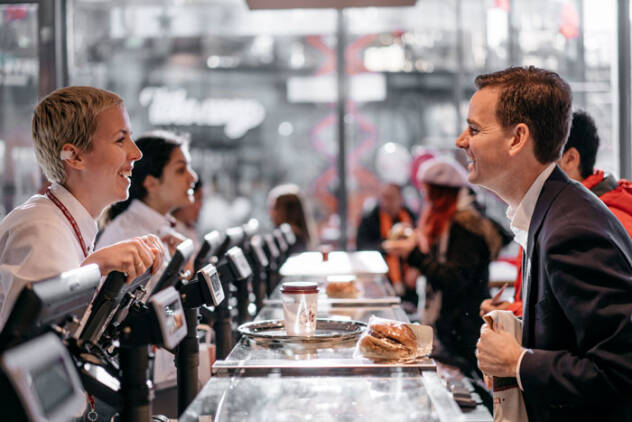

When we can welcome guests again we will see they have become cautious. Safety and hygiene are more important than ever. This requires a different style of service, and especially fresh casual concepts will need to make a lot of changes. Before the pandemic we saw selfservice with fresh products out in the open and artfully displayed. The new reality will look very different. Good hygiene is no longer a given, companies will have to visibly communicate their cleanliness to guests. That communication needs to be transparent and as clear as possible in order to regain the trust of the guests. See this as an opportunity: exceptional service in the area of hygiene will become a distinguishing factor and a reason for guests to choose your establishment.
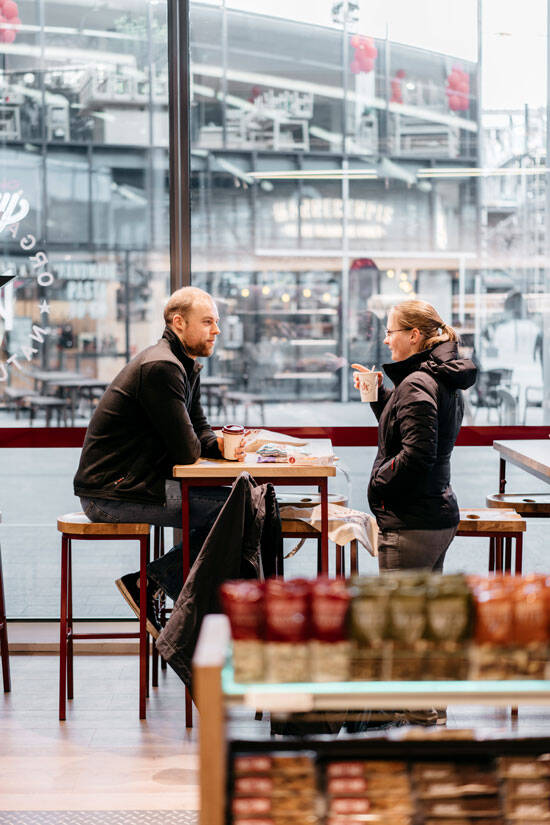

As long as there is no permanent protection against COVID-19 in the form of a reliable vaccine, we have to operate under certain constraints. Social distancing is a huge challenge for foodservice. The biggest hurdle is the available space. Revenue per square foot is under immense pressure. HMSHost: “The foodservice concession business is basically a business model that’s a combination of the number of travelers and the number of tables and chairs.” The company assumes locations will lost at least 50 percent of available seating.
At high traffic locations where the spaces are small to begin with it’ll be very hard for a concept to adapt to the changing circumstances. Not just for the guests, but for the staff as well. “Kitchens and the back of house aren’t built to keep people six feet apart.” Making those changes, if even physically possible, cost money in a time where there’s no money coming in.
Jelle Steenbergen Xiao Er Kong

What happens after COVID-19? Each day it’s becoming clearer that when foodservice opens up again, we will be welcoming a different world. We cannot go back to how things used to be. The demands of the guest have changed, and so have the rules. Food Inspiration spoke to HMSHost about their expectations and how they are preparing for a new world.

5 min




